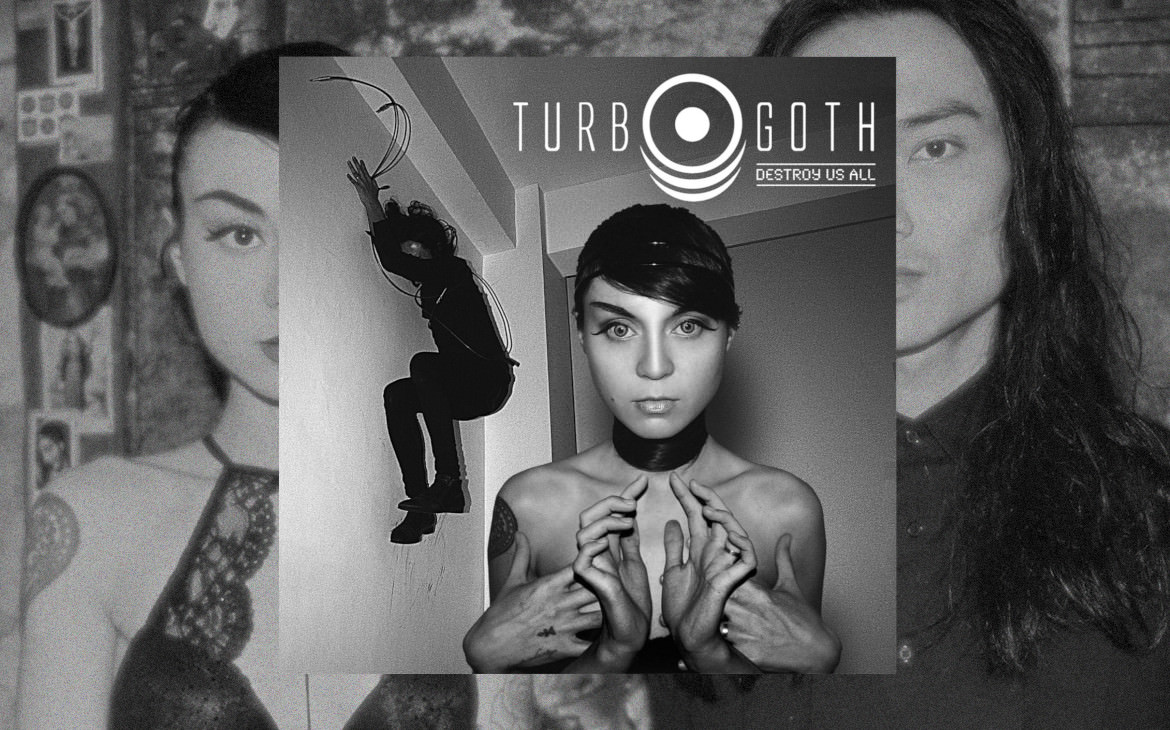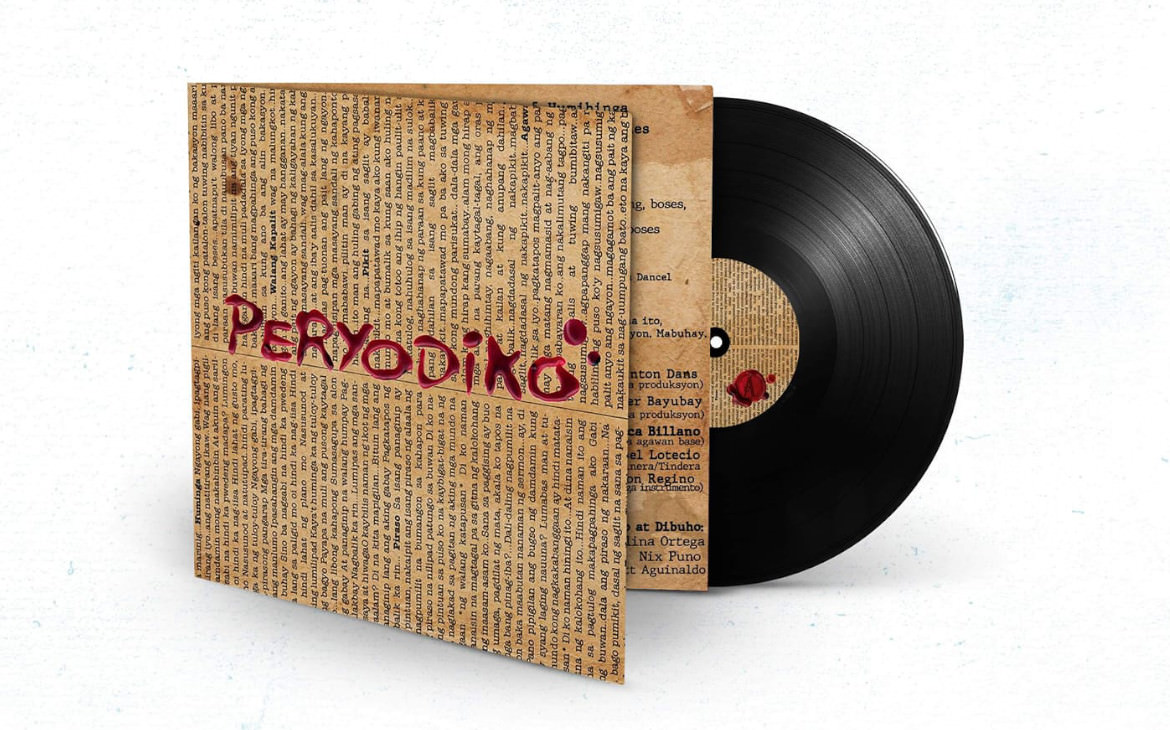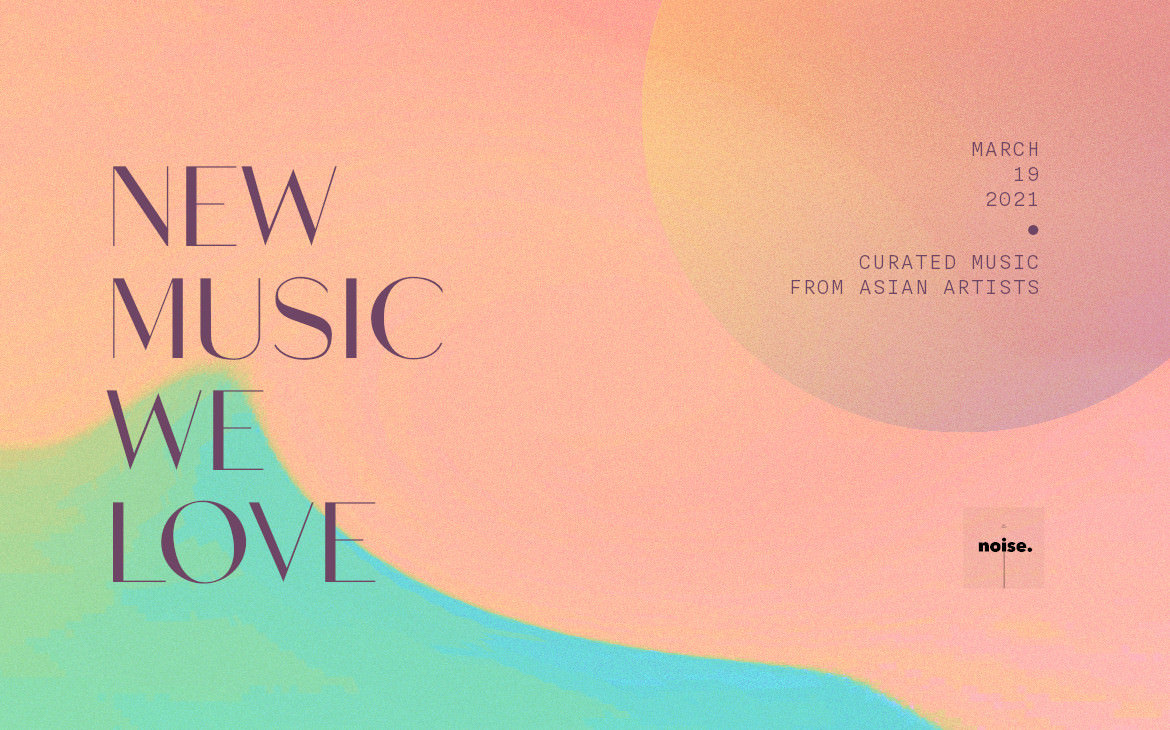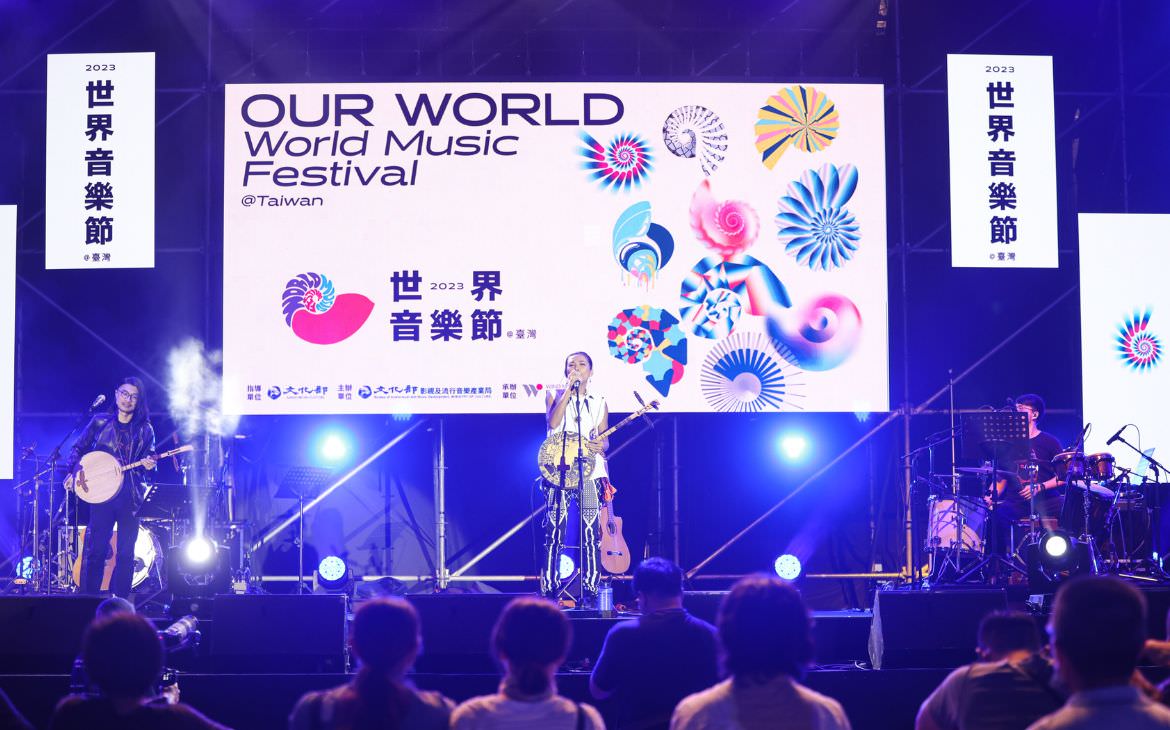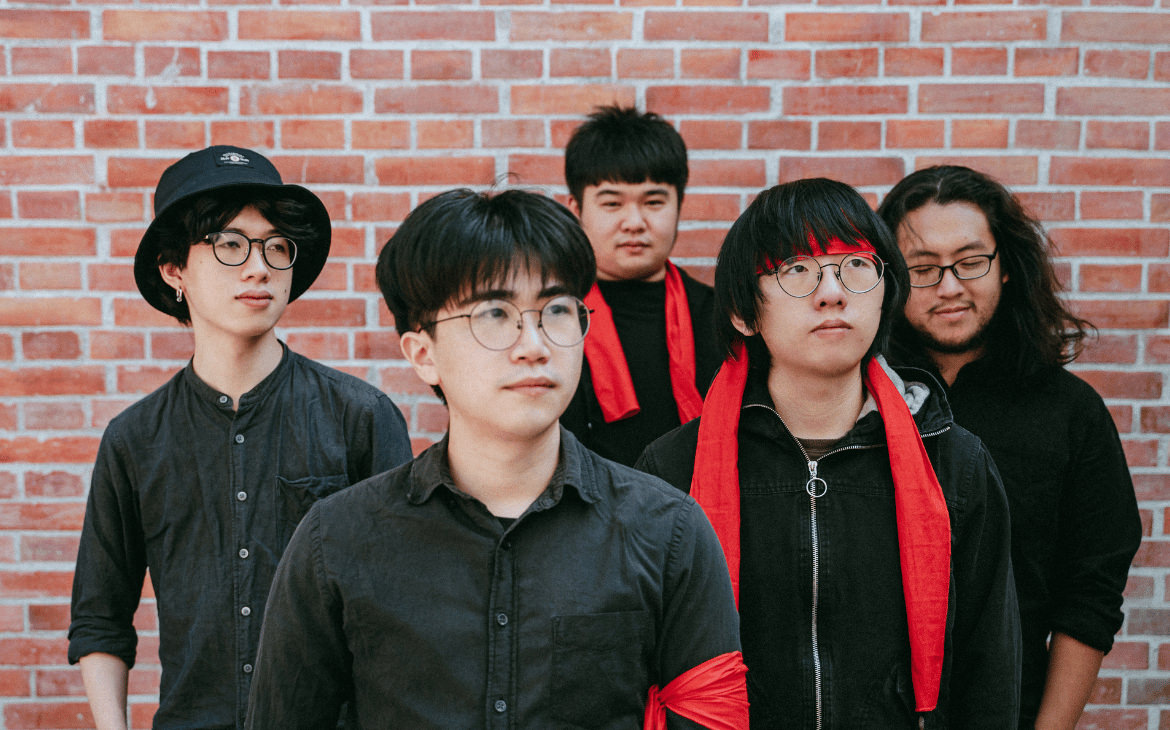Measuring the impact of Turbo Goth’s electronic rock debut, ten years after
Words by Jam Pascual
Two kinds of love were blossoming in the late 2000s.
There is the customary exposition when speaking of Turbo Goth. Paolo Peralta was working as a sous chef at fine dining restaurant Nino, and Sarah Gaugler was a fine arts student at the University of Santo Tomas. Overlapping social circles dipped in the local music scene brought the two together, and Turbo Goth was born around 2007. Paolo recounts over email interview: “Sarah used to be so shy and quiet given her difficult childhood growing up, but when I heard her voice singing softly over the mix-CD she had playing in the car, to my ears her voice, soft and airy, was sweeter than The Sundays and so I decided to ask her to be my new vocalist.” It’s the stuff of great romances. The “boy meets girl” trope is well-worn, but it’s sometimes undeniable. And it’s always kind of a miracle when two people meet and turn out to be each other’s soulmates, romantically and artistically at the same time.
The second kind of love transpiring is one between genres. The late aughts saw rock and electronic music flirting in interesting ways, no longer held hostage by warring, insular scenes. (In electronic music’s defense, rock was always more belligerent than it had any right to be). Think of Muse, Nine Inch Nails, LCD Soundsystem, Empire of the Sun, Goldfrapp, and even the likes of Daft Punk and Björk, who had absolutely no qualms with colliding gnarled guitars with silky synths, analog with digital. Those kinds of sonic experiments were already in the aether. And while this electronic rock movement was inchoate and still finding its sea legs in the local scene, these developments were exciting to witness, and bands who would come to dominate the landscape of that time were taking notes. It’s not an accident that Sarah Gaugler cites Radiohead as an influence.
There are many ways to describe the cocktail of events and produced the entity known to us mortals as Turbo Goth. What came of it though was Destroy Us All, an album that was both of its time and very futuristic.
Destroy Us All was written as a concept album, with tracks that imagine and describe interactions between extraterrestrials and human beings, and the love that springs forth from such encounters. The “concept” part didn’t seem to be an aspect of the record that everybody caught, though. Only a few reviews and blog posts make note of this, partly due to the fact that Destroy Us All doesn’t really play out the way you’d expect a concept album to, with plot lines and characters with names. Each track is more like a vignette.
While this electronic rock movement was inchoate and still finding its sea legs in the local scene, these developments were exciting to witness, and bands who would come to dominate the landscape of that time were taking notes.
“We want the listeners to have their own experience when listening to the album,” says Paolo. “The conceptual side of the album is subtle. The story is there, but the individual listener is allowed to have an experience of their own. […] ‘Destroy Us All’—not referring to the humans in general, but referring to all the things that need to be destroyed within the negative aspects of the human ego. Destroy all the fear we have toward ‘the unknown,’ and submission to a higher Self.”
The themes might be subtle but the album was high impact, its debut certainly helped by the popularity of the duo’s “Morning Swim” music video. Music equipment website Headfonics described the album as “an absolute masterpiece.” Eric S. Caruncho drew comparisons to Fritz Lang’s Metropolis when he wrote about the duo for Lifestyle Inquirer. Word of Destroy Us All would continue to reverberate even a year after the album’s release, and in 2012, Steven Holt wrote for Mic, “Destroy Us All is probably the closest I’ll ever get to riding a spaceship.”
Sarah recounts one instance in which they felt like they really made it. “I recall one Halloween party a long time ago in the Philippines, one of the female vocalists that I had looked up to in high school and her partner, came up to me and said ‘Guess who we are! We’re Turbo Goth!’ They apparently dressed as Paolo and I, for Halloween. I was extremely flattered because I was the one that looked up to her when I was younger and couldn’t believe that happened.”
Vietnamese online platform Hanoi Grapevine even described Turbo Goth as the Philippines’ “only electronic act,” which speaks to the duo’s cred, but is hilarious and obviously incorrect. Better to say that it is impossible to imagine, without Turbo Goth, the local music ecosystem that they inhabited. Other acts like Techy Romantics, Taken By Cars, and Pedicab played in that general orbit, woven into the tapestry that Philippine electronic rock was.
Pat Tirano, perhaps best known for his work in TOI and Archipelago (Sarah even makes an appearance in the latter’s music video for their song “Lumapit”) produced the album at Wombworks, the wealth of experience under his belt a great fit for the band’s sonically experimental approach. Paolo and Sarah would pull all-nighters at the studio and drive back home at sunrise. “We enjoyed working with Pat Tirano. He is very talented and we felt that his style fit the album perfectly. He has a keen ear for all the specific particular sounds that we were going for and we feel like he mastered the album to perfection.”
And the mixing on this thing was crazy, the way it highlighted Turbo Goth’s dynamic songwriting. Destroy Us All opens up with intro track “Venus Flytrap,” coming in with these snarling distorted guitar riffs that entwine with bright synth lines, before making a clearing for Sarah’s delicate vocals, a nod to another influence of hers, short-lived twee pop band Go Sailor. “Farfalla Vendetta” sounds like Royal Blood before Royal Blood was even a thing, pounding and bass-heavy. “New Star Energy,” is loaded with sounds that sprout up in the music landscape today—electropoppy synths, elegant vocals treated with a healthy dose of reverb, walls of sound.
Turbo Goth released Destroy Us All independently in 2011, while a paradigm shift in music production and distribution was taking place. Independent Music and Digital Technology in the Philippines by ethnomusicologist Monika Schoop is a helpful reference for understanding what was happening—the decline of major record labels, the slow death of CD stores, the migration to digital platforms, the increased prevalence of hands-on production.
“We created this album independently therefore we had to do everything ourselves,” say Paolo and Sarah. “As independent artists, we had to do it all ourselves, everything, from booking our own shows to funding our album, and producing the physical copies, creating the album launch and promotion after, etc etc. It was challenging, but it was never difficult because we love what we do and every challenge was worth it in the end.”
While Turbo Goth remained active after their full-length debut, it seemed for a while that Destroy Us All would be all they’d leave us with, considering Paolo and Sarah’s move to New York. In retrospect, one track clued listeners in on their plans to take their music beyond the Philippines. Paolo and Sarah muse: “In our song ‘Velodrome,’ the 6th track on the album, we were already probably feeling it in our subconscious that we were going to leave eventually. A velodrome is an arena track that goes around in a circle or oval shape, leading only to where you started again. Maybe at the time, part of us already felt stuck in a velodrome and we kinda knew that we were leaving, but we just didn’t know when.” An invitation to perform at SXSW in 2014 was the last push they needed.
Destroy Us All is ten years old. Such a milestone coincides with the release of Masterforce, Turbo Goth’s latest album, long overdue. Much has changed, and things are always shifting, but listen to Destroy Us All and you can’t but be thrown back, with incredible force, to a time when the gig circuit wore a different face, electronic rock was bright-eyed and dazzling, and love was simpler.
For Paolo and Sarah, some things stay the same. “In comparison to who we were before, what remains the same and always will: is our authenticity towards whatever art or music we create. Past selves, present selves, and future selves — we are only evolving to be more of who we truly are. Being truly authentic to our music will always remain the same.”

